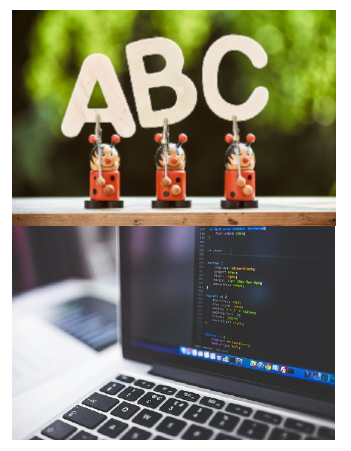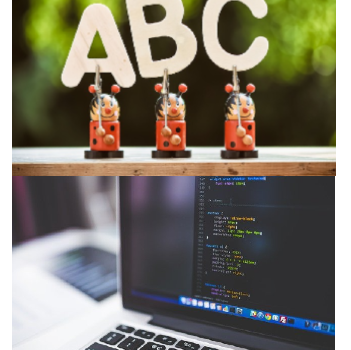 Coding as a literacy utilizes skills such as computational thinking and problem solving, which should be learned in conjunction with traditional literacy (i.e., reading, writing, and arithmetic). As the literacy of the 21st century, coding engages new ways of thinking, communicating, expressing ideas, as well as collaborating with others.
Coding as a literacy utilizes skills such as computational thinking and problem solving, which should be learned in conjunction with traditional literacy (i.e., reading, writing, and arithmetic). As the literacy of the 21st century, coding engages new ways of thinking, communicating, expressing ideas, as well as collaborating with others.
Combining the ideas of traditional literacy and computer science are a successful formula to teach coding to children. This strategy can be explored through well-known children’s books, songs, and nursery rhymes, to name a few.
Let’s explore the similar concepts between traditional literacy and coding literacy:
Traditional Literacy:
- the writing process; recalling, summarizing and sequencing; using illustrative and descriptive language; recognizing literary devices such as repetition and foreshadowing; and using reading strategies such as predicting, summarizing, and evaluating
- algorithms; design process; representation; debugging; control structures; modularity; and hardware/software
– Writing process/Algorithms
– Recalling, summarizing, and sequencing/Design Process
– Using illustrative and descriptive language/Representation
– Recognizing literary devices such as repetition and foreshadowing/Control Structures and Modularity
– Using reading strategies such as predicting, summarizing, and evaluating/Debugging
– Tools of Communication/Hardware/Software


